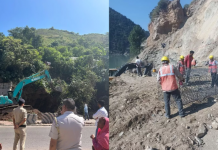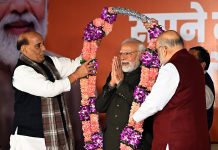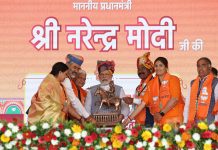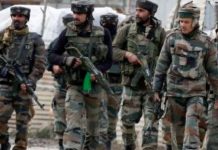Yet another World Press Freedom Day came and gone without much fanfare. And rightly so, as there is nothing to celebrate about the media, which is ever less free. Reporters Without Borders recently warned that press freedom is facing serious threats in 72 countries. The Committee to Protect Journalists (CPJ) maintains that governments are using increasingly sophisticated tactics to control information and limit criticism.
Journalists, directly or indirectly, are being attacked across the world with India having its own share of it. The country ranked 136th on the 2017 World Press Freedom Index, which is three spots below the previous year’s position. A report compiled by media watchdog Hoot suggests that as many as 54 journalists were attacked in 16 months, mainly by lawmakers and law enforcers. Going by the statement of Minister of State for Home Affairs Hansraj Ahir, the actual figure could be much higher. The minister had told the Parliament last year that 142 attacks on journalists took place between 2014 and 2015.
Beside attacks, the report highlighted invocation of sedition law, suspension of Internet services, self-censorship on part of media companies, censoring of films and other arts, among other instances which may frustrate free functioning of the media. The shutdown of the printing presses of two Kashmir newspapers after Burhan Wani’s killing, and the ban on Kashmir Reader for three months during the same period were cited by Hoot as instances of media censorship.
Interestingly, Indian Constitution, which is considered as the longest written constitution of any sovereign country in the world, nowhere mentions ‘The Freedom of Press’ in particular. Article 19 (1) (a) of the Indian Constitution states the ‘right to freedom of speech and expression’ and it is assumed that it also includes the ‘freedom of press’.
Attacks are not limited to death threats, physical assaults and censorships. The “My-Way-or-Highway” attitude of the employers and their vested interests are adding to the woes. Mediapersons, particularly investigative journalists, are being put under mental and financial stress to toe the line. People related to the industry are also bearing the brunt of a few government policies such as demonetization of 500 and 1,000 banknotes. The sector, like any other segment of the Indian economy, is yet to recover from the ban on high-value notes that has left the country’s media market in duress as advertisers have slashed budgets.
In February, Hindustan Times had shut down a few of its branch offices and fired a large number of its employees. Earlier, ABP Group, publisher of The Telegraph and Ananda Bazaar Pratika, had reduced the pages of its publications and intimated departmental heads of a decision to reduce staff. The combined layoffs of the two firms had crossed 1,000-mark. The situation, in general, is somewhat similar across all the media houses in the country. With rising unemployment and fewer jobs in the market, journalists are being abused and misused across the media industry.
Amid all this, a new breed of mediapersons has been introduced and is being appreciated. On May 13, RSS-backed Vishwa Samvad Kendra awarded “nationalist journalists” of West Bengal as a “celebration of journalism” in the state. Ironically, as long as one keeps on praising particular parties, organisations, individuals and their policies, he or she is considered nationalist. This is too much, particularly when it comes to fair journalism and press freedom.












